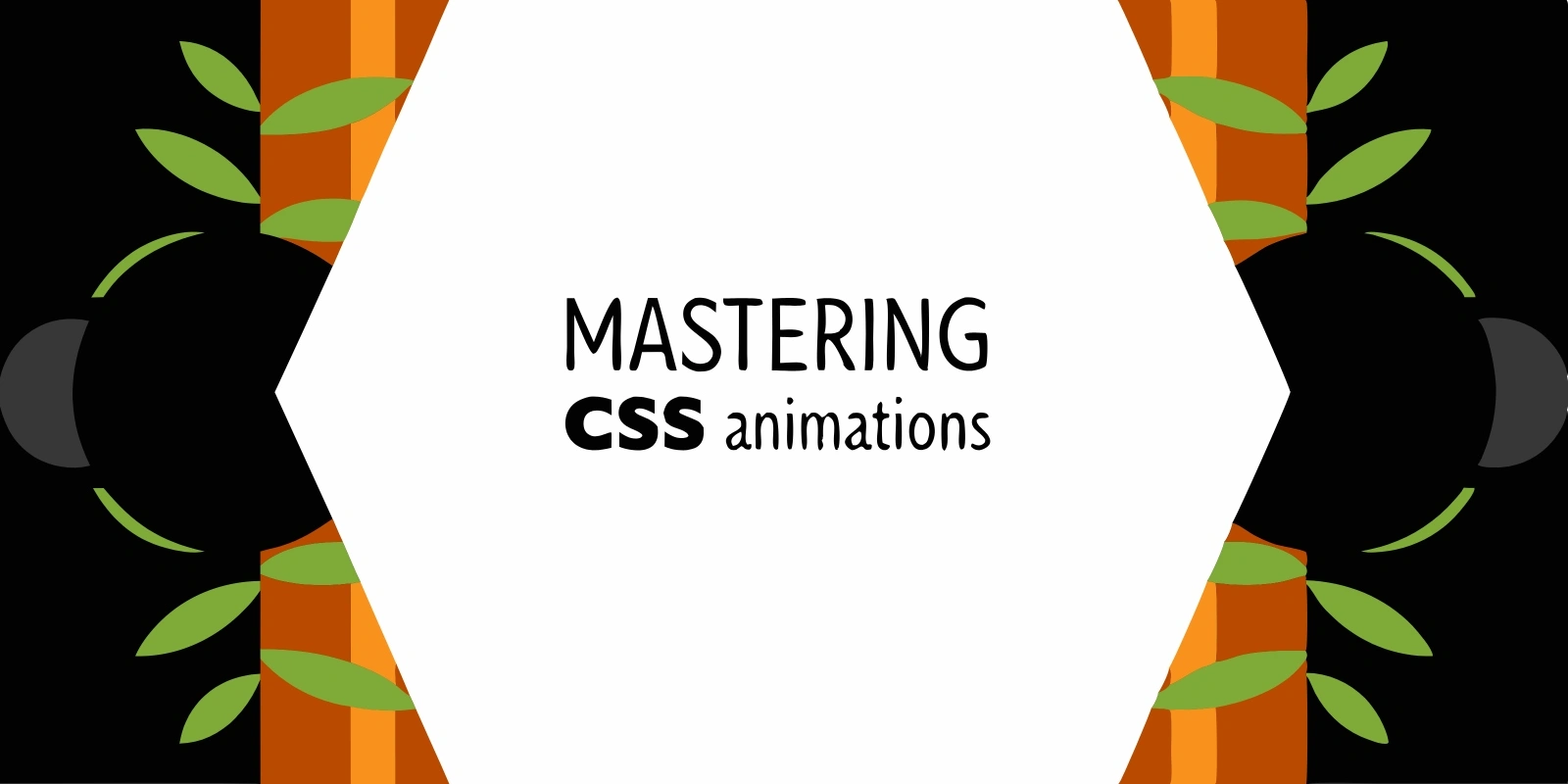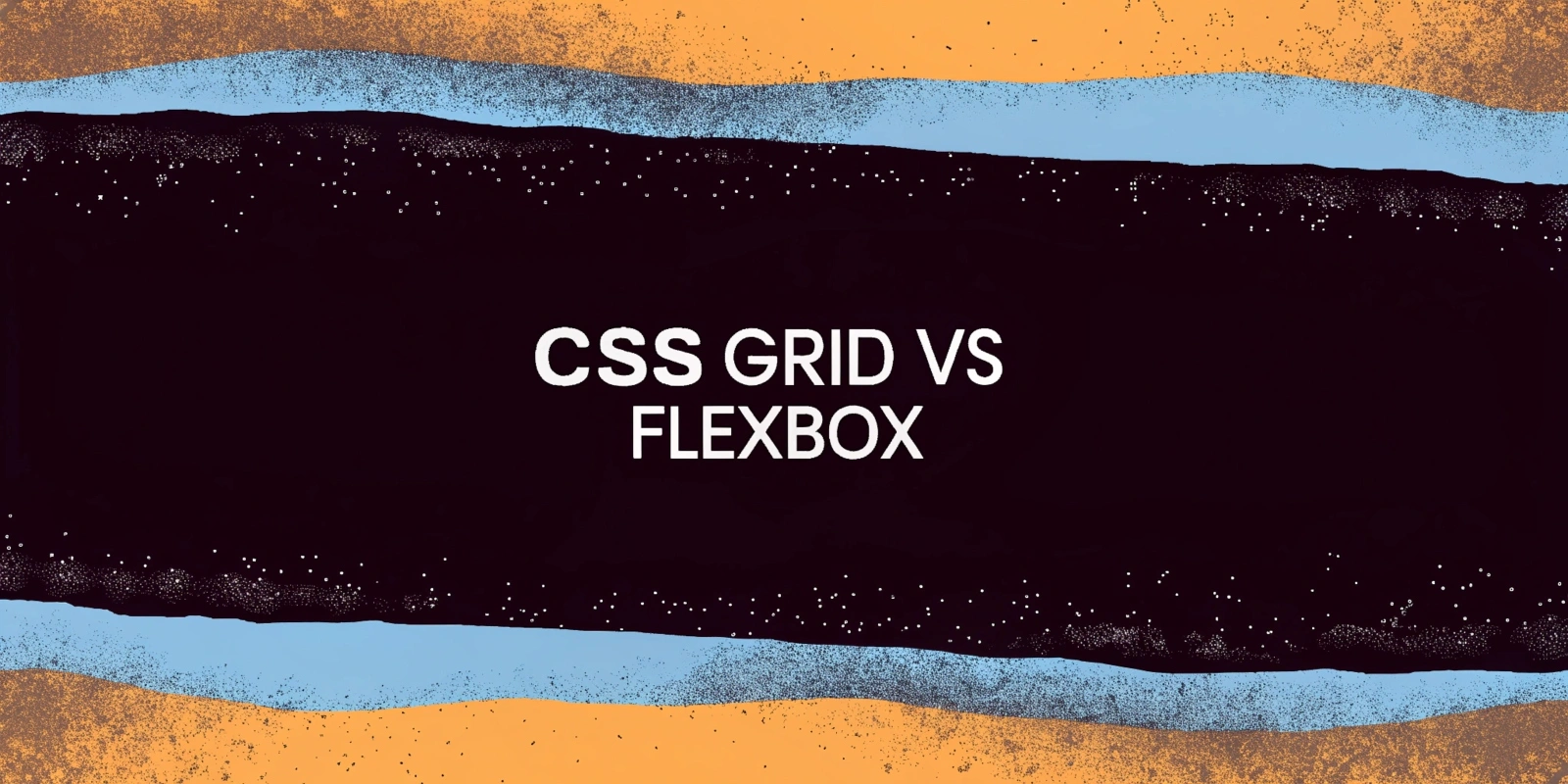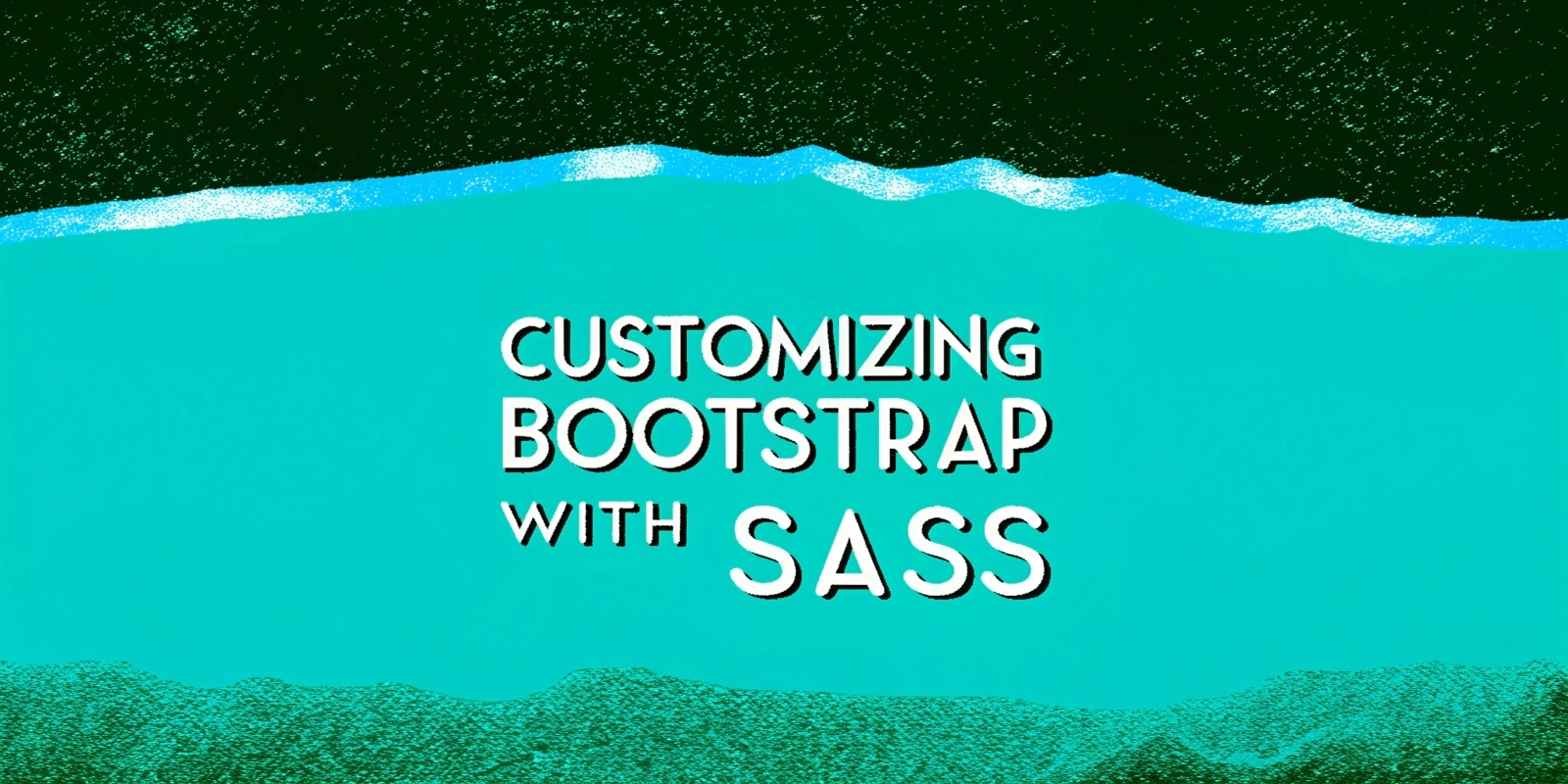Introduction
CSS animations are a powerful tool for enhancing user experiences on the web. By animating elements, you can guide users, provide feedback, and add personality to your designs. In this guide, we’ll explore the basics of CSS animations, advanced techniques, and how to use them effectively to build engaging interfaces.
Understanding CSS Animations
CSS animations allow elements to change from one style to another over a specified duration. They are defined using the @keyframes rule and applied with the animation property.
Example: Simple Animation
@keyframes slideIn {
from {
transform: translateX(-100%);
}
to {
transform: translateX(0);
}
}
.element {
animation: slideIn 1s ease-in-out;
}
Key CSS Animation Properties
To create effective animations, you should understand the key properties:
**animation-name**: Specifies the name of the@keyframes.**animation-duration**: Sets how long the animation runs.**animation-timing-function**: Controls the speed curve (e.g.,ease,linear).**animation-delay**: Adds a delay before the animation starts.**animation-iteration-count**: Specifies how many times the animation repeats.**animation-direction**: Sets the direction of the animation (e.g.,normal,reverse).
Example: Bouncing Animation
@keyframes bounce {
0%, 100% {
transform: translateY(0);
}
50% {
transform: translateY(-30px);
}
}
.element {
animation: bounce 2s infinite;
}
Creating Engaging Interfaces
1. Hover Animations
Hover effects can make your UI interactive and responsive.
.button {
transition: transform 0.3s;
}
.button:hover {
transform: scale(1.1);
}
2. Loading Animations
Keep users engaged with smooth loading indicators.
@keyframes spin {
from {
transform: rotate(0deg);
}
to {
transform: rotate(360deg);
}
}
.loader {
animation: spin 1s linear infinite;
}
3. Scroll-Based Animations
Use libraries like AOS or implement animations triggered by scroll events for dynamic interactions.
Best Practices for CSS Animations
- Use sparingly: Too many animations can overwhelm users.
- Optimize performance: Use properties like
transformandopacityto leverage GPU rendering. - Provide fallbacks: Ensure functionality for users with reduced motion preferences.
- Test on devices: Verify animations on various devices and browsers for consistency.
Conclusion
Mastering CSS animations enables you to craft interfaces that are not only functional but also delightful. By understanding the fundamentals and experimenting with advanced techniques, you can create experiences that captivate users and elevate your web designs.
Start animating and bring your interfaces to life! ✨



